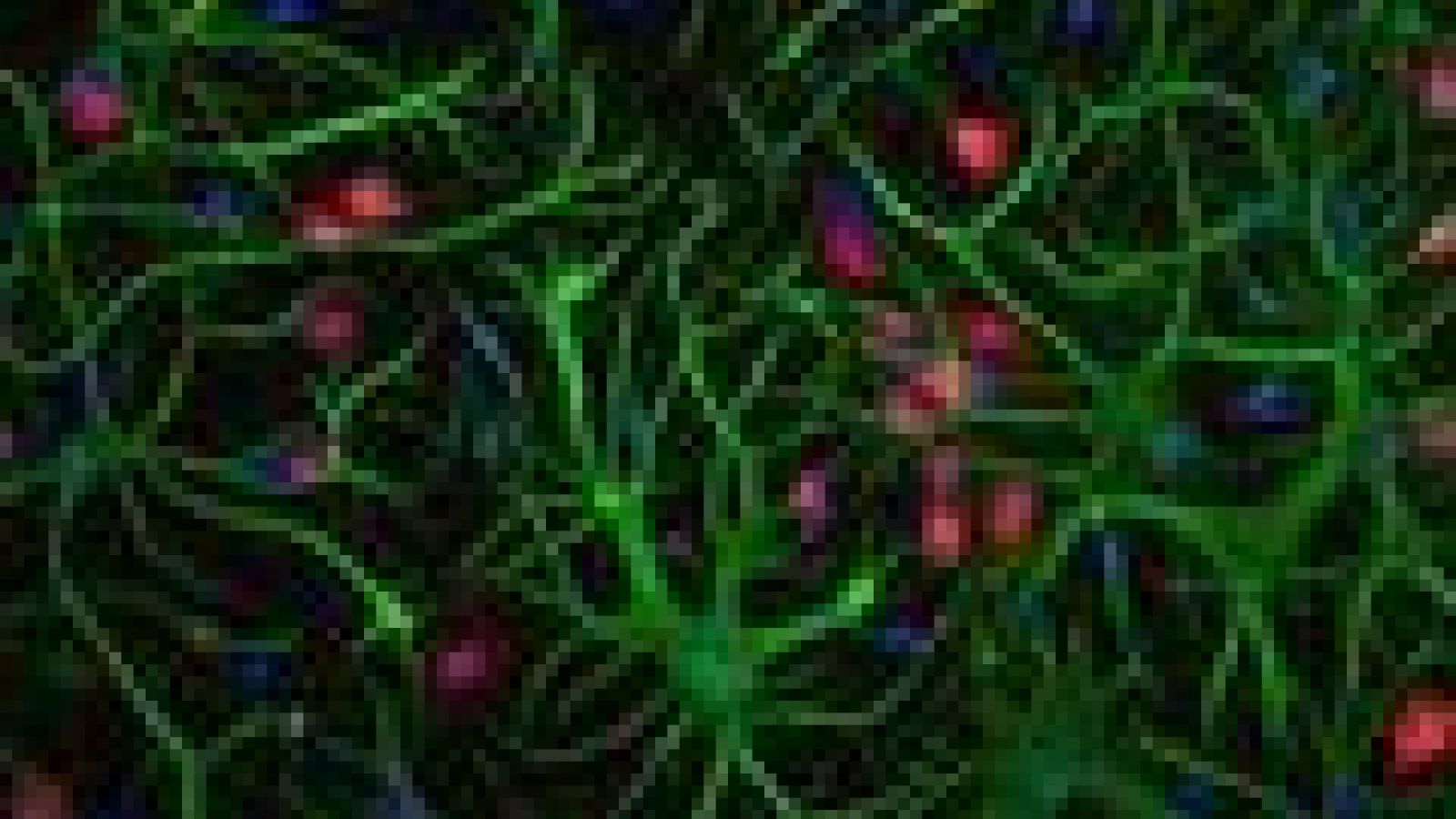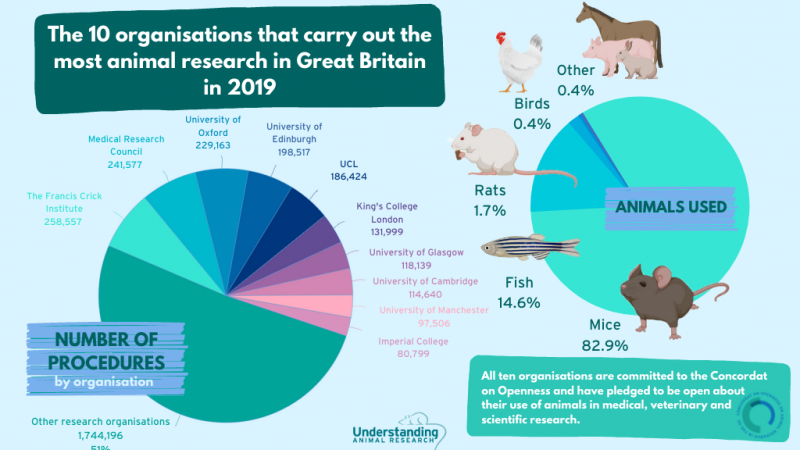In what could be a revolutionary step forward in regenerative medicine, scientists have transformed skin cells into cells capable of forming the three main cell types of the nervous system. The cells were able to repair defective neurons in the brains of mice, showing that their use in future treatments for a range of neurological disorders may be possible.
The aim of regenerative medicine is to grow human tissue to repair damaged tissue. Although still a fairly new technology, this is possible using stem cells, which have the ability to turn into many different cell types. But stem cells can be problematic for scientists. The use of embryonic stem cells is controversial, and another type, called induced pluripotent stem cells, can suffer from technical difficulties such as readily turning cancerous.
The new technique removes the stem cell stage, turning skin cells straight into neural precursor cells (NPCs), which are then able to form the three cell types of the nervous system. This could make future treatments more straightforward and safer. Previous work on natural NPCs identified several genes, called transcription factors, which were highly active. This suggested that they were required to make the cell an NPC.
The scientists used a virus to put these active genes into a type of skin cell called a fibroblast. Within three weeks the cells had converted into NPCs. To the scientists surprise these NPCs were able to form not just neurons, but also astrocyte and oligodendrocyte cells, which are needed to build the nervous system. To test their function the NPCs were injected into the brains of newborn mice bred to lack myelin sheath, a fatty coat around neurons important for signal transmission. After 10 weeks the cells had formed oligodendroytes and had begun to coat the animals' neurons with myelin.
The researchers are now trying the same approach with human skin cells but much more work is needed before human trials could be conducted.
Last edited: 14 March 2022 09:46




